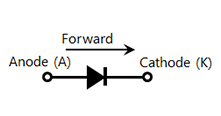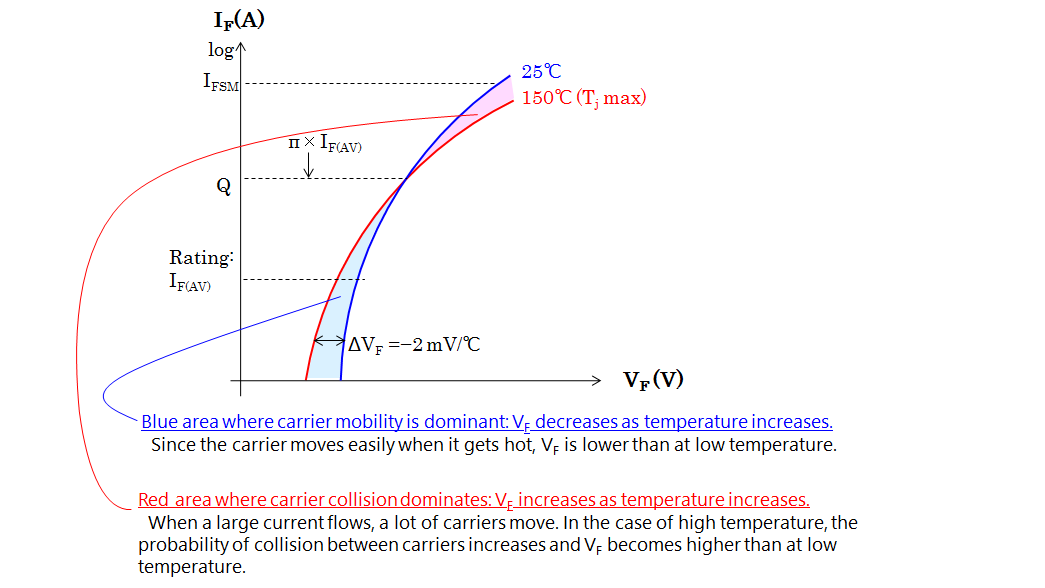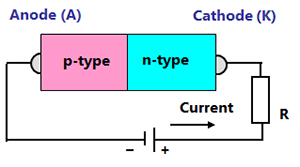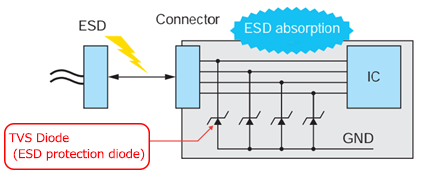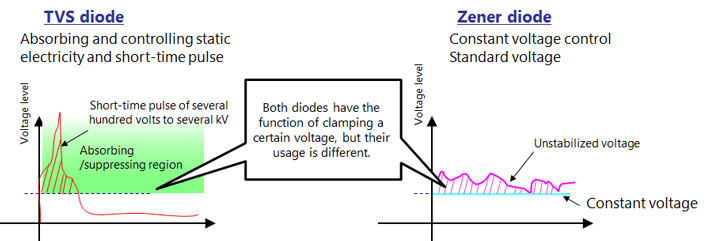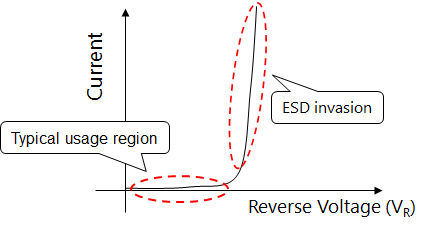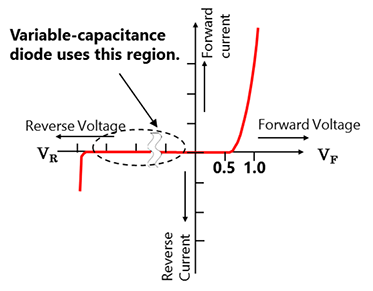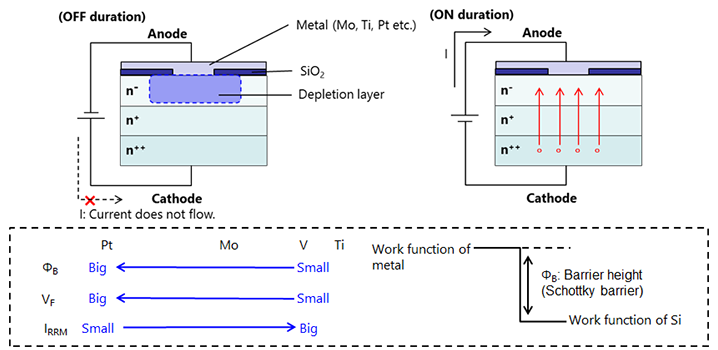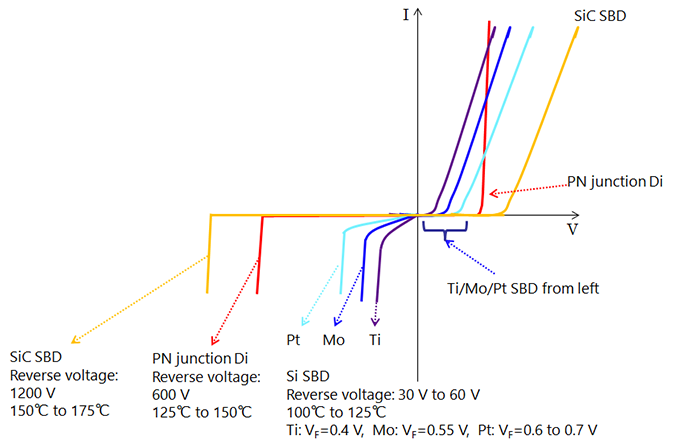- 型号 & 关键词搜索
- 交叉搜索
- 参数搜索
- 库存查询与购买
This webpage doesn't work with Internet Explorer. Please use the latest version of Google Chrome, Microsoft Edge, Mozilla Firefox or Safari.
请输入3个以上字符 Search for multiple part numbers fromhere.
The information presented in this cross reference is based on TOSHIBA's selection criteria and should be treated as a suggestion only. Please carefully review the latest versions of all relevant information on the TOSHIBA products, including without limitation data sheets and validate all operating parameters of the TOSHIBA products to ensure that the suggested TOSHIBA products are truly compatible with your design and application.Please note that this cross reference is based on TOSHIBA's estimate of compatibility with other manufacturers' products, based on other manufacturers' published data, at the time the data was collected.TOSHIBA is not responsible for any incorrect or incomplete information. Information is subject to change at any time without notice.
请输入3个以上字符
FRD(快速恢复二极管)
下载“第Ⅱ章:二极管” (PDF:895KB)
快速恢复二极管的结构和功能与整流二极管相同。整流二极管用于500Hz以下的低频应用,而FRD则用于从几千赫兹到100kHz的高频开关。因此,二极管具有反向恢复时间(trr)很短的特性,这对高速开关非常重要。根据trr值,FRD也称为S-FRD、HED等。
一般整流二极管的trr为几微秒到几十微秒。另一方面,FRD的trr是几十毫微秒到几百毫微秒,约为整流二极管的1/100。它应用于开关电源、逆变器、DC/DC转换器等。

图2-3(a)二极管开关波形和损耗实例
图2-3(b)通用整流器与FRD的trr比较
当频率较低时,由trr引起的损耗(反向恢复损耗)可以忽略不计,但这种损耗会随着频率的增加而增加,当频率变为几千赫兹或更高时,则损耗不能忽略。



